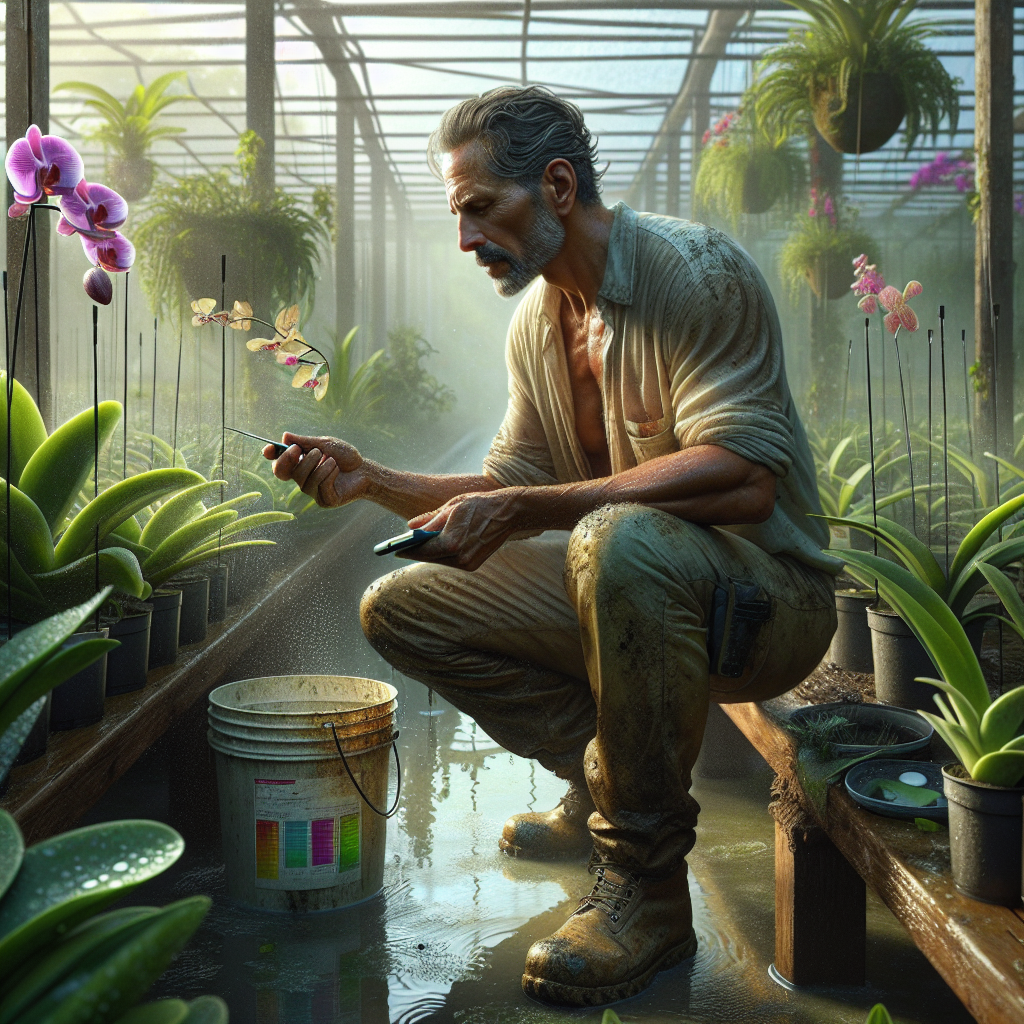AI Boosts Tampa Bay Nurseries: Healthier Plants & Sales

How Tampa Bay Plant Nurseries Can Harness AI to Nurture Healthier Plants and Lift Sales
Running a plant nursery around Tampa Bay is a juggling act. One minute you’re steering delicate orchids through a sudden Gulf Coast downpour, the next you’re explaining soil pH to a new homeowner who just discovered gardening. Layer on rising labor costs, strict environmental guidelines, and relentless price pressure from big-box retailers, and the stress grows like—well—kudzu. Artificial intelligence won’t replace the hands-on care that makes local nurseries special, but it can quietly supercharge the work you already do and free up time for the parts you enjoy most.
John Deere’s Innovative Use of AI in Agriculture
Look at John Deere, the Fortune 500 stalwart that started with steel plows and now dabbles in machine vision. Their See & Spray rigs mount high-resolution cameras on boom sprayers, scanning fields in real time. AI models distinguish weeds from crops, firing a precise herbicide burst only where needed. Growers slash chemical use, save money, and spare beneficial insects—all at commercial scale. The core lesson is simple: when decisions are driven by granular data instead of gut guesses, margins improve and environmental impact shrinks.
Case Study Source
John Deere: John Deere: Killing weeds precisely with See & Spray technology - Digital Innovation and Transformation
Why That Story Matters for Tampa Bay Nurseries
A neighborhood nursery isn’t a 5,000-acre soybean farm, but the headaches overlap. You still battle pests, watch water bills, and try to wow eco-minded shoppers who read every pesticide label. Tampa’s humidity invites fungal outbreaks and root rot, while intermittent droughts force razor-thin irrigation windows. Precision sensors and learning algorithms that help mega-farmers can be scaled down—often with surprisingly affordable hardware—to give local nurseries the same data-driven edge.
A Hypothetical Walk-Through: Green Thumb Nursery
Picture Green Thumb Nursery, a family-run garden center near St. Petersburg that prides itself on rare tropicals. Staffers currently spend mornings scouting benches for aphids, tweaking manual drip timers, and guessing which succulents will sell next spring. AI can lighten each of those chores and sharpen the decisions behind them.
AI-Enhanced Pest Identification
Start with a network of inexpensive cameras—some fixed, others mounted on phones or tablets. Images feed into an AI model trained on Florida’s common pests as well as its helpful pollinators. If early thrips damage appears on a tray of hibiscus, the system pings an alert before the insects spread. Staff treat only the hot spots rather than blanket-spraying the entire greenhouse. Pesticide costs drop, beneficial insects survive, and “grown sustainably” signs suddenly have real weight with customers.
Growth Tracking and Resource Optimization
Toss in IoT sensors that log temperature, humidity, soil moisture, and light intensity every few minutes. The AI layers those readings onto NOAA weather forecasts and plant-specific care guidelines. It then spits out optimized watering schedules, ventilation cues, and shading adjustments customized to each bench or row. Over a single growing season, Green Thumb compiles a gold-mine data set: how each species performed under specific microclimates, which varieties sold fastest, and what inventory sat too long. Next year’s orders become data-backed bets, not hunches.
Freeing Staff for High-Value Conversations
Once constant monitoring is offloaded to silicon, employees gain breathing room. They can chat with a hobbyist about pollinator-friendly perennials, or host Saturday workshops that turn casual shoppers into lifetime customers. Those higher-touch interactions build loyalty in ways big-box chains can’t replicate, and they hinge on the time AI just handed back.
Practical First Steps for Tampa Bay Nursery Owners
-
Audit Your Pain Points
Spend a week documenting where dollars leak—excess fungicide use, over-watering, dead stock, or unpredictable staffing hours. The clearest pain point becomes the best pilot project for AI. -
Start Small
Before installing greenhouse-wide cameras, download a free plant-disease ID app and test it on your phone. A quick win builds confidence and reveals how data flows into daily routines. -
Partner With Academia
The University of South Florida and the University of Florida’s IFAS Extension run horticulture programs hungry for real-world pilots. Collaborations often unlock student labor, grant funding, and research-grade tools at minimal cost. -
Invest in Training, Not Just Tech
An algorithm is only as helpful as the people who trust it. Schedule short staff workshops showing how the system flags problems and why the alerts matter. Transparency shrinks skepticism. -
Measure, Refine, Repeat
Track pesticide savings, water consumption, and sell-through rates before and after implementation. Small data sets can still expose patterns and guide incremental tweaks.
The Local Competitive Edge
Sure, national chains flirt with automation, but their scale can be a weakness. They can’t pivot quickly or personalize care for niche collectors. Tampa Bay nurseries that weave AI into their already personal approach get a two-for-one advantage: machine-level efficiency plus hometown authenticity. Over time, healthier inventory, greener practices, and stronger customer relationships can translate directly into higher margins and brand loyalty.
Looking Ahead: Continuous Learning
AI isn’t a plug-it-and-forget-it gadget. Like a well-tended bonsai, it improves with pruning and care. Feed the models new images of emerging pests, update sensor thresholds when you switch potting mixes, and archive sales data by SKU to sharpen next year’s forecasts. With every loop, the system predicts issues earlier and recommends fixes faster, keeping your operation resilient in Tampa’s volatile climate.
Closing Thought
From sprawling Midwest farms to cozy Gulf Coast nurseries, the rule holds steady: precise, data-driven interventions grow healthier plants, happier customers, and sturdier bottom lines. As Tampa Bay nurseries explore AI tools, the upside isn’t abstract. It’s tangible, measurable, and increasingly within reach—one sensor, photo, or predictive alert at a time.
Next Step
Ready to unlock the power of AI for your business? Contact EarlyBird AI today for a free consultation and discover how our tailored solutions can drive growth and efficiency for your Tampa Bay enterprise.